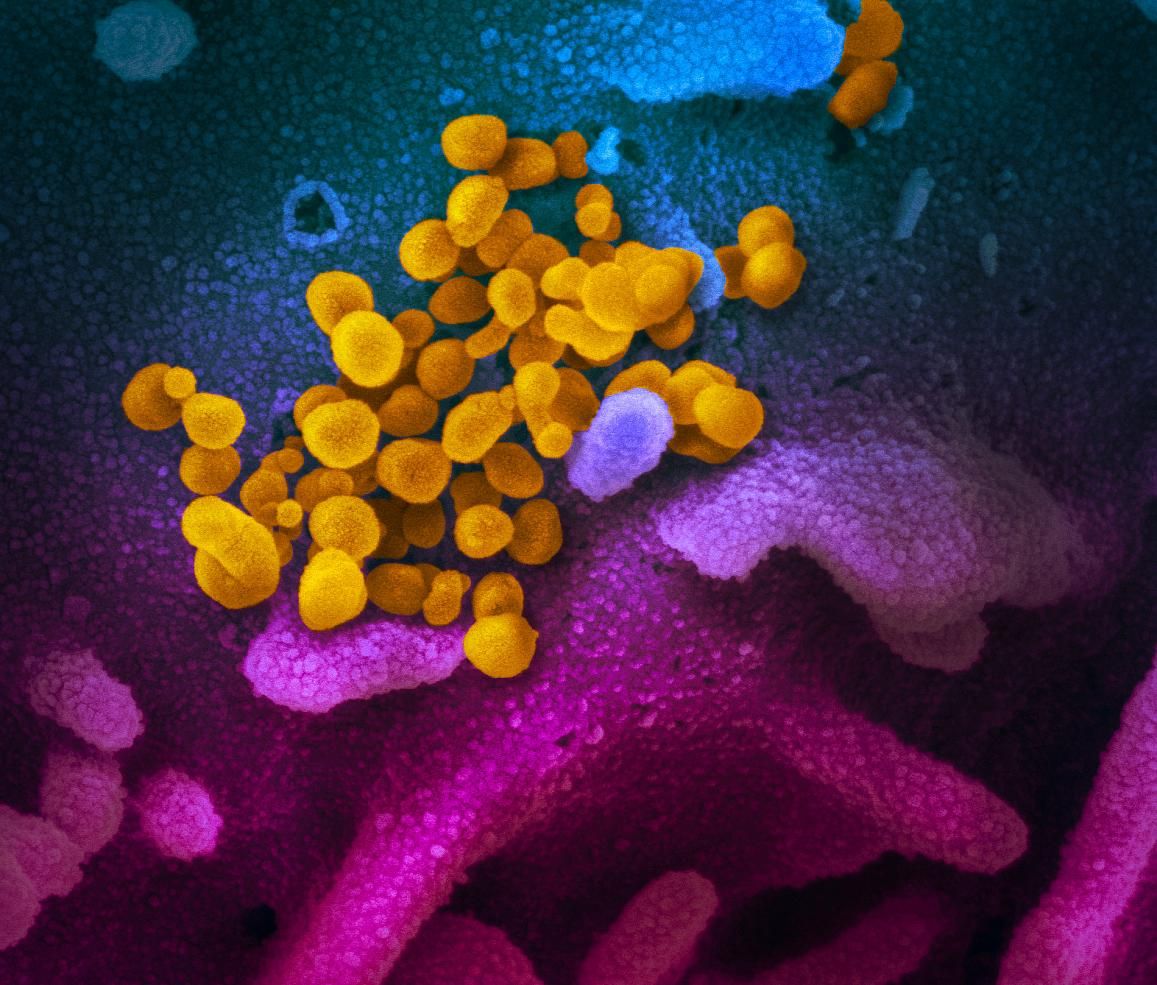Asymptomatic Carriers of COVID-19 Make It Tough to Target
SARS-CoV-2 stays active in or on aerosols for up to 3 hours, copper for up to 4 hours, cardboard for up to 24 hours, and plastic and stainless steel for up to 2 to 3 days.

The rate of transmission seems to be what makes COVID-19 a more serious threat than an earlier iteration of a coronavirus outbreak, a transmission rate aided by carriers who are asymptomatic, according to a research letter in the New England Journal of Medicine (NEJM). The virus that causes COVID-19, SARS-CoV-2, was compared to SARS-CoV-1, which emerged in the early 2000s, but was quickly brought under control. SARS-CoV-1 is the human coronavirus most closely related to SARS-CoV-2.
The data in the NEJM letter-compiled by investigators with the National Institutes of Health (NIH), the US Centers for Disease Control and Prevention (CDC), the University of California, Los Angeles (UCLA), and Princeton University-were widely shared during the past two weeks, with the findings being placed on a preprint server.
Investigators found that SARS-CoV-2 stays active on surfaces for about the same duration as SARS-CoV-1. It’s detectable in or on aerosols for up to 3 hours, copper for up to 4 hours, cardboard for up to 24 hours, and plastic and stainless steel for up to 2 to 3 days. The estimated differences in the half-lives of the viruses was small except in the case of cardboard.
“We found that the stability of SARS-CoV-2 was similar to that of SARS-CoV-1 under the experimental circumstances tested,” the study states. “This indicates that differences in the epidemiologic characteristics of these viruses probably arise from other factors, including high viral loads in the upper respiratory tract and the potential for persons infected with SARS-CoV-2 to shed and transmit the virus while asymptomatic.”
The measures used to successfully control SARS-CoV-1 will have a tougher time against SARS-CoV-2, the NIH pointed out in a press release. SARS-CoV-1 was stopped by intensive contact tracing and case isolation measures. No cases have been detected since 2004.
“In contrast to SARS-CoV-1, most secondary cases of virus transmission of SARS-CoV-2 appear to be occurring in community settings rather than healthcare settings,” the NIH says. “However, healthcare settings are also vulnerable to the introduction and spread of SARS-CoV-2, and the stability of SARS-CoV-2 in aerosols and on surfaces likely contributes to transmission of the virus in healthcare settings.”
The findings mirror those in 2 other recent studies by Dutch and Japanese investigators that also point to the problem of asymptomatic carriers of COVID-19. Japanese researchers looked at the 634 passengers who tested positive for COVID-19 on the Diamond Princess cruise ship. They found that 17.9% of these passengers were asymptomatic. Dutch researchers estimate that the “the proportion of pre-symptomatic transmission was 48% (95%CI 32-67%) for Singapore and 62% (95%CI 50-76%) for Tianjin, China.”
“Ongoing Assault”: How HHS Layoffs Have Eviscerated Infection Prevention Support Across the Nation
April 1st 2025Mass layoffs at HHS and CDC have gutted critical infection prevention programs, leaving frontline professionals overwhelmed, under-resourced, and desperate to safeguard public health.
Unmasking Long COVID: Dr Noah Greenspan on Recovery, Research Gaps, and the Future of Treatment
March 18th 2025Dr Noah Greenspan discusses the evolving understanding of long COVID, current treatment strategies, diagnostic challenges, and the critical need for research and awareness in post-viral syndromes.